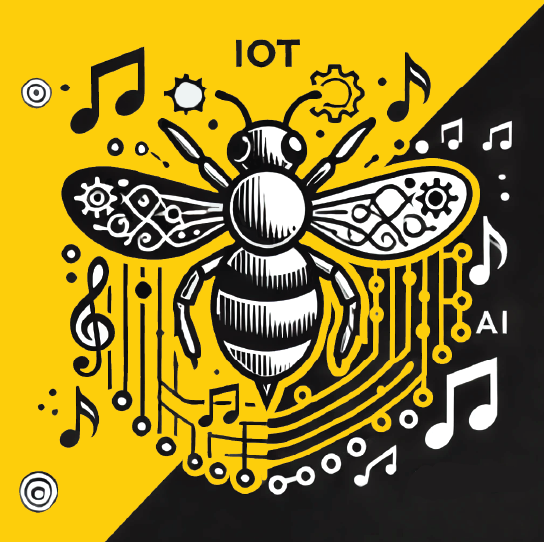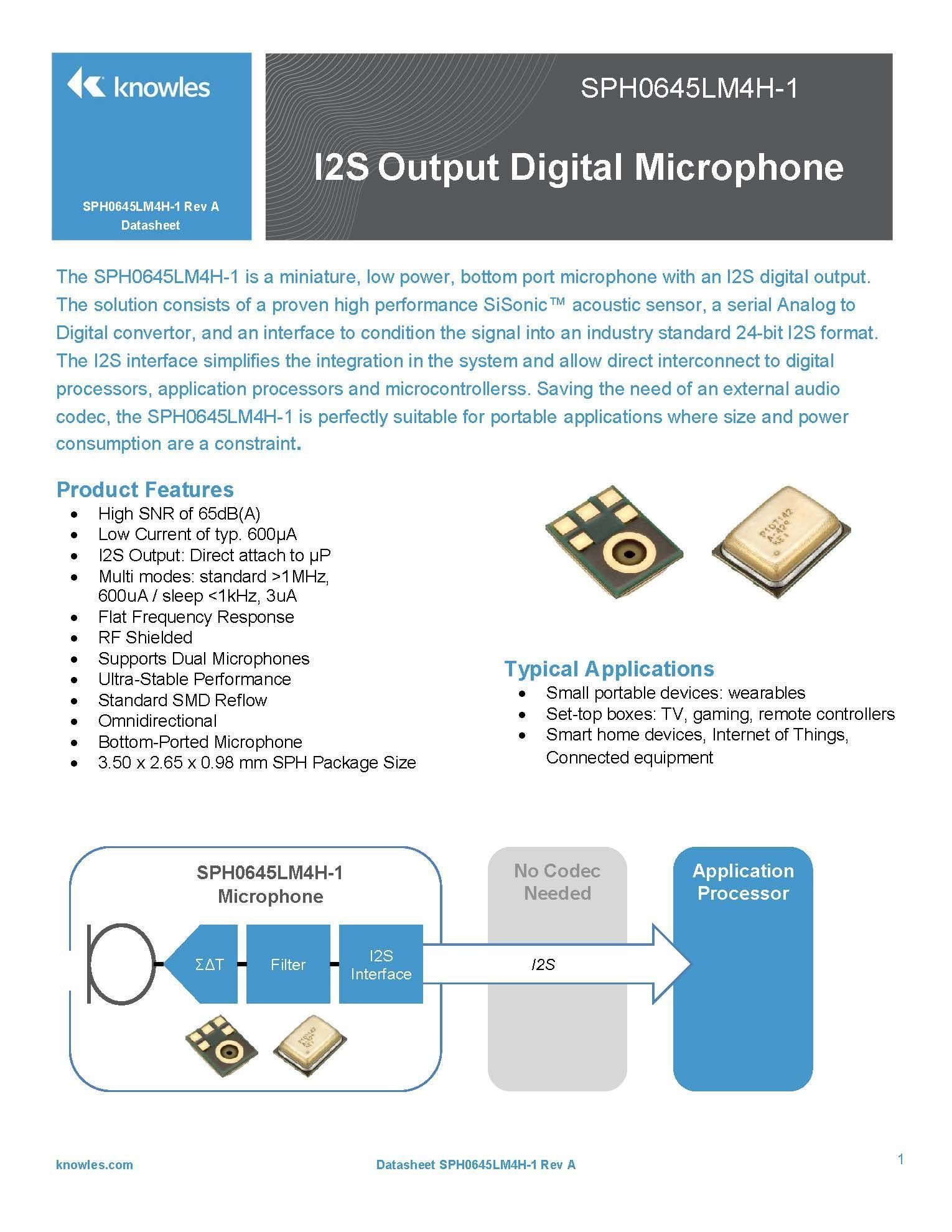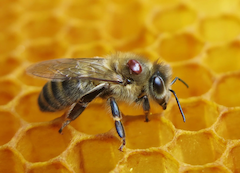Resolving the Mic Issue
Isolating the sound and vibrations solved our mic problems.
Our initial microphone test didn’t go as expected. Despite placing the four mics only centimeters apart, the frequency and spectrogram fingerprints from two of them were identical, while the other two mics also matched but differed from the first pair. This raised concerns, as we anticipated all four mics would produce nearly similar results.
We uncovered multiple issues after brainstorming and discussing with our newest team member—an electronics and acoustic engineer from the University of Pittsburgh. First, mounting the microphones on a wooden platform created unforeseen complications. The wood vibrated during sound tests, transmitting signals between the mics, which resulted in cross-interference. Additionally, the sound source itself, also positioned on the wood, introduced both sound and mechanical vibrations that further distorted the data. The proximity of the microphones compounded the interference, leading to unclear results.
The solution came after some experimentation. We used small foam pieces under each mic to eliminate vibrations, spaced the mics further apart, and increased the dB level of the sound source, ensuring it was equidistant from each mic. This resolved the issues and set us up for Phase II studies.



